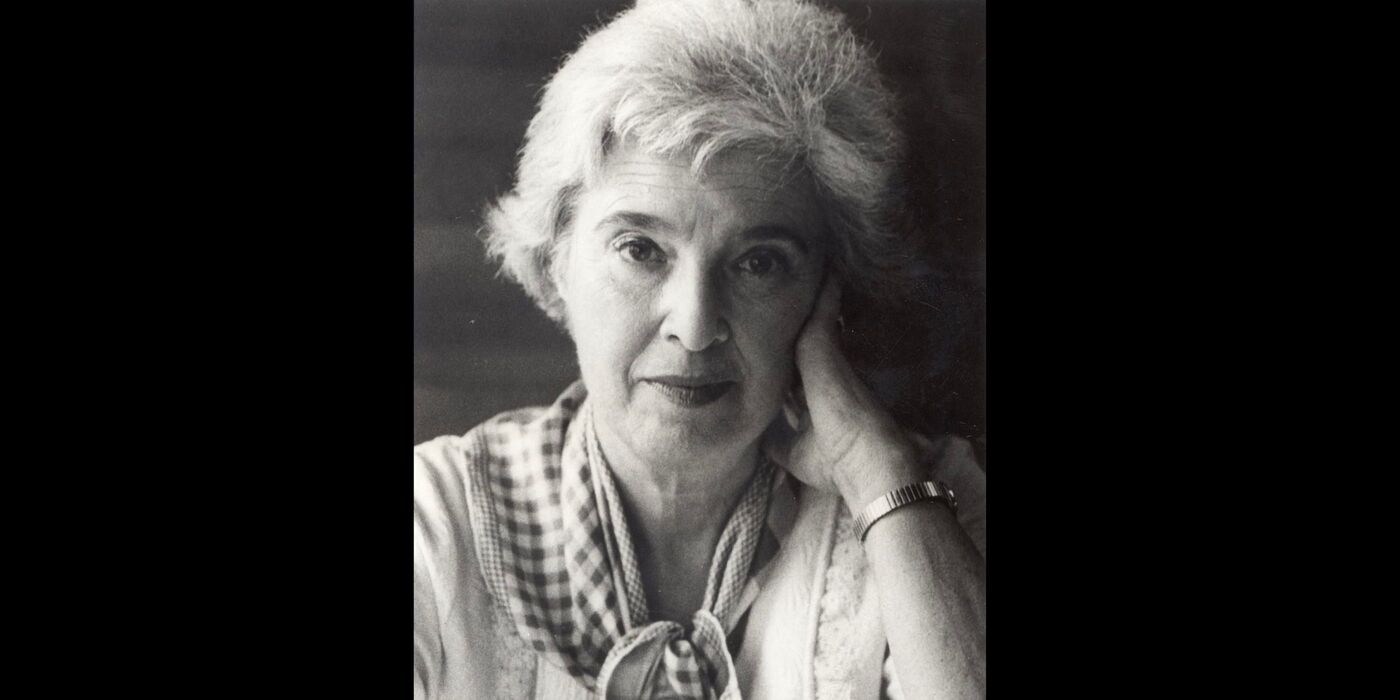In a 1983 article titled "Off the Record," Carol Adams wrote: “History that ignores one-half of the population is bad history.” Adams, both an educator and leading figure in educational reform, was talking about how women’s history is taught–or not taught–in high schools. Adams believed integrating women’s history, which is half of human history, into school curriculums would preserve the integrity of history as a subject while equipping young people with the skills to critically evaluate the world around them. Specifically, to critique a world that she saw as being defined, constructed, and recorded by white men.
Forty years later, I am here to tell you that Carol Adams’s call to action has yet to be embraced. That is not to denigrate the efforts of the many individuals who are working to put women at the front and center of history teaching and history education. Far from it. Nonetheless, reality remains, and the persistent idea that pursuing women’s history is either too challenging—due to a lack of sources—or largely unnecessary lingers.
Somewhere in the middle of these extremes sits the well-worn trope of the “great woman.” You are probably familiar with her from your school days. She might be Boudicca or Queen Elizabeth I. Either way—and to quote Gerda Lerner—she is compensatory history at its finest.

Despite Adams’s call to action and these compensatory women, my experience with women’s history did not start in the history classroom. It started with “Curley’s Wife” in Steinbeck’s novella Of Mice and Men. Why didn’t she have a name, I wondered. I decided to dedicate my life to answering that question, and I am aware of the irony that it was a man who put my feet on this path.
Fast forward two decades, and I have carved out a niche in the subject of history without a Ph.D. This was not for want of trying, by the way, but for want of the cultural and financial capital to get one. As a historian, educator, and history education consultant, I have discovered that, on this side of history, educational publishers and stakeholders dominate.
I would love to say that women’s history is finally getting the attention it deserves, but if that were true, a job like mine would not exist.
What I have found instead is that women’s history is otherised, especially the histories of women who were not white or drawn from society’s upper classes. The more intersectional you go, the harder it is to find any trace of women in the curriculum.
As an educator, I have witnessed first hand how women’s history is passed off as a marginalised subject. In 2018, I qualified as a secondary history teacher and had to bite my tongue when a former (male) head of the department said that we wouldn’t do ‘women’ with year nine because “we did the suffragettes last year.” At another school, I interviewed and was rejected because my knowledge was “too specialist.” I would be better off at a private school, said the headteacher. What kind of message does that send to young people? It says that knowledge of women’s history is something for those with socioeconomic privilege, not children from all backgrounds. A couple of weeks later, I left teaching.
Now, I work with history teachers in training who often have no knowledge of women’s contribution to the past beyond their roles as royal consorts. The idea that women have built civilization is frequently new and alien, especially to male trainees. Teacher training leaders do little to remedy the invisibility of women’s history, structuring and organising their courses to restrict women to one or a few sessions across the year. I think again about the message this sends to new teachers, but I am reminded that education does not exist in a vacuum. Can real change happen when British society–and society generally–still devalues women and girls?
One of the ways that we can start to promote the study and visibility of women’s history is through collaboration. I have written a schema about Matilda Joslyn Gage, the woman after whom the Matilda Effect in STEM is named. Gage was a campaigner and activist, and she was the first person to document how women inventors and scientists were written out of history. In an ironic twist, Gage was written out of history, thus adding her name to the list of Matilda Effect victims. It is time for us to raise awareness of the often deliberate censorship of women’s contributions to the past so we can start changing the way we think about women now and in the future.
The aim here is not to blame or shame but to galvanise. If my work has taught me anything, it is that raising the profile of women’s history means pulling up our sleeves and working together. Academics, teachers, stakeholders, publishers, all of us have a part to play. History does not exist to preserve any one group; it belongs to the collective, and it will take a collective effort to move women’s history from the periphery, once and for all.
Kaye Jones is a historian, writer, speaker and history education specialist at The Herstorian. She focuses on integrating women into history, especially the history of STEM and industrialisation. You can follow her work on Substack or over on LinkedIn.


